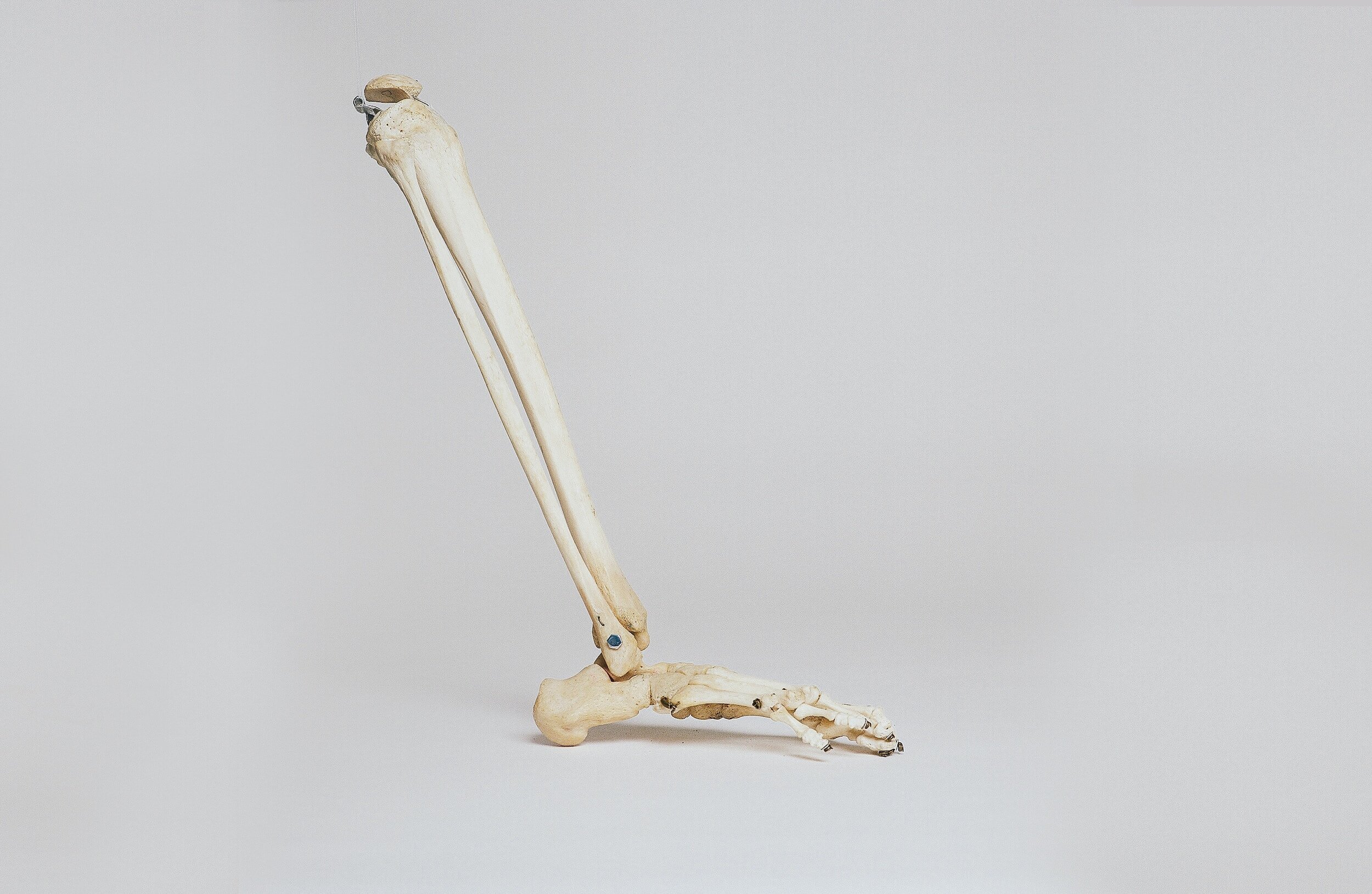Joint Pain
Universal Chiropractic's Approach to Treating Joint Pain
At Universal Chiropractic, our dedicated team understands the debilitating effects of joint pain and is committed to providing effective relief and improving overall wellness for our patients. We employ a comprehensive approach to treating joint pain, focusing on addressing the root causes rather than just managing symptoms. Through a combination of chiropractic techniques, personalized treatment plans, and patient education, we strive to restore function, reduce pain, and enhance the quality of life for those suffering from joint discomfort.
Initial Assessment and Diagnosis
We begin the healing process by conducting a thorough assessment and an accurate diagnosis of the joint pain condition. Our experienced chiropractors have extensive knowledge of the musculoskeletal system, enabling them to identify the source of the pain, whether it is due to misalignments, injuries, or underlying health conditions. This comprehensive evaluation allows us to tailor treatment plans that are specifically designed to address each patient's unique needs.
Chiropractic Adjustments
Chiropractic adjustments form the cornerstone of our treatment approach for joint pain. By utilizing precise manual techniques or gentle instrument-assisted methods, our chiropractors work to restore optimal alignment of the spine and joints. This realigns the body's musculoskeletal structure and helps alleviate pressure and stress on the affected joints, thereby reducing pain and promoting healing.
Soft Tissue Therapy
To complement chiropractic adjustments, we may incorporate soft tissue therapies into the treatment plan. These therapies include techniques such as myofascial release, massage therapy, and stretching exercises. By targeting the surrounding muscles, ligaments, and tendons, we can further alleviate joint pain, reduce inflammation, and enhance range of motion. Soft tissue therapy also helps to improve blood circulation, facilitating the body's natural healing processes.
Holistic Approach and Preventive Care
We embrace a holistic approach to joint pain treatment, recognizing that optimal health extends beyond symptom management. Alongside chiropractic care, we may recommend complementary therapies such as acupuncture, nutritional guidance, or lifestyle counseling. These additional modalities can further support the body's natural healing abilities and enhance overall well-being. Moreover, we emphasize the importance of preventive care, encouraging regular check-ups to address any potential issues before they escalate into chronic or severe joint problems.
Patient-Centered Care
Central to our approach is patient-centered care. We understand that each individual is unique, and we take the time to fully listen to our patients' concerns, goals, and preferences. This allows us to tailor treatment plans that are specific to their needs, promoting a collaborative and effective healing journey. We continuously monitor progress and make adjustments as necessary to ensure optimal outcomes and patient satisfaction.
At Universal Chiropractic, we are passionate about providing high-quality care to alleviate joint pain and restore well-being. By targeting the root causes of joint discomfort through chiropractic adjustments, soft tissue therapy, personalized rehabilitation exercises, and a holistic approach, we strive to help our patients regain freedom of movement and enjoy a pain-free life. Contact us today to schedule a consultation and take the first step towards improved joint health and overall wellness.
Joint pain is a common condition that affects individuals of all ages and backgrounds. It refers to discomfort or soreness experienced in any part of a joint, including the bones, ligaments, cartilage, muscles, or tendons that form the joint. Joint pain can range from mild to severe and may be acute or chronic in nature.
There are numerous factors that can contribute to joint pain. Osteoarthritis, the most prevalent form of arthritis, arises due to the wear and tear of joint cartilage over time. It commonly affects the weight-bearing joints such as the knees, hips, and spine. On the other hand, rheumatoid arthritis is an autoimmune disorder where the body's immune system mistakenly attacks the joints, often causing inflammation, stiffness, and pain.
Injuries or trauma to a joint can also lead to pain and discomfort. Sprains, strains, fractures, and dislocated joints can result from accidents, sports-related activities, or repetitive movements. These injuries can damage the tissues surrounding the joint, causing swelling, inflammation, and tenderness.
Additionally, certain medical conditions, such as gout, bursitis, tendinitis, fibromyalgia, and lupus, can contribute to joint pain. These conditions often involve inflammation, affecting the joints and causing varying levels of discomfort.
Age, gender, genetics, obesity, and occupation are factors that can increase the risk of developing joint pain. Maintaining a sedentary lifestyle, inadequate exercise, poor posture, and certain dietary choices can also contribute to joint discomfort.
Symptoms of joint pain vary depending on the underlying cause and may include stiffness, limited range of motion, swelling, warmth or redness at the affected area, weakness, and difficulty performing everyday activities.



